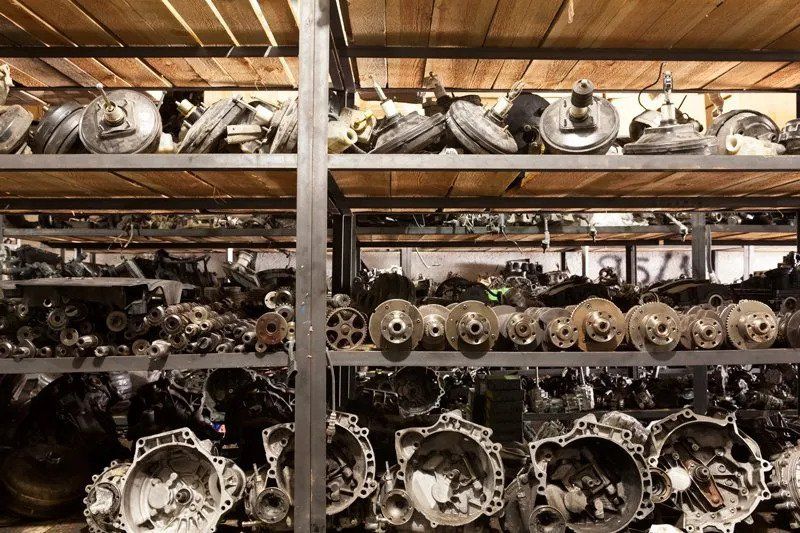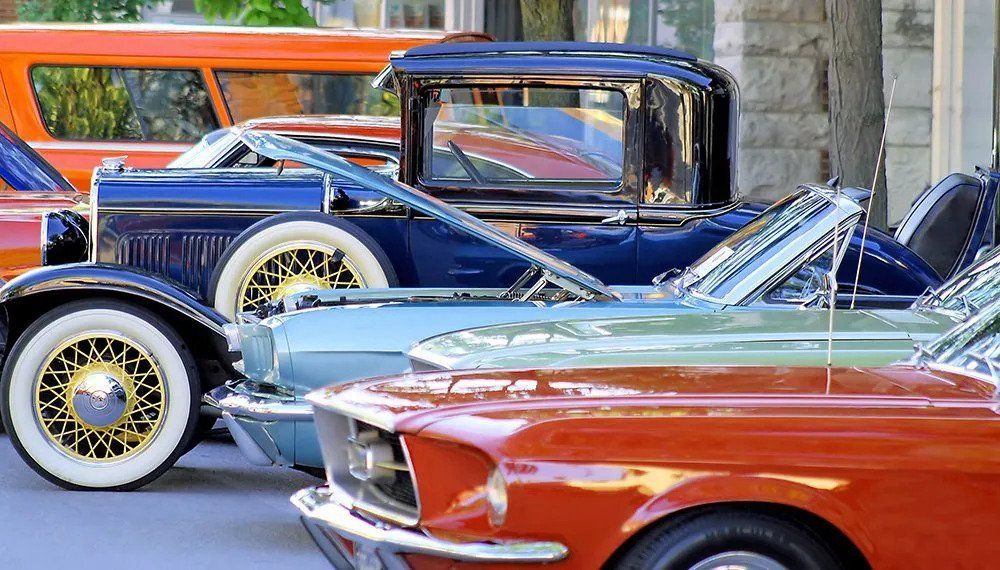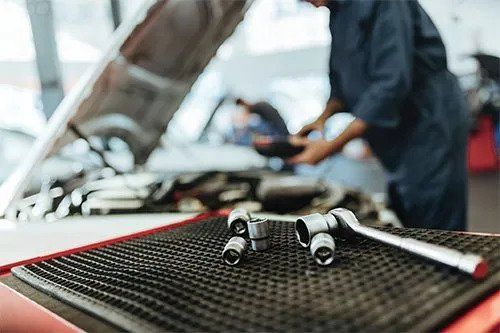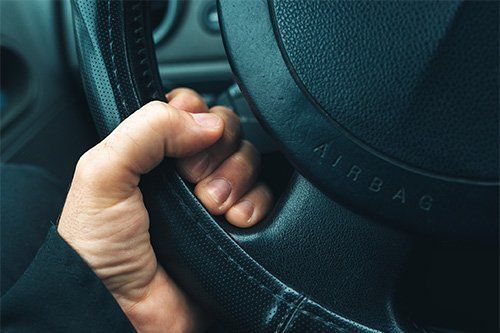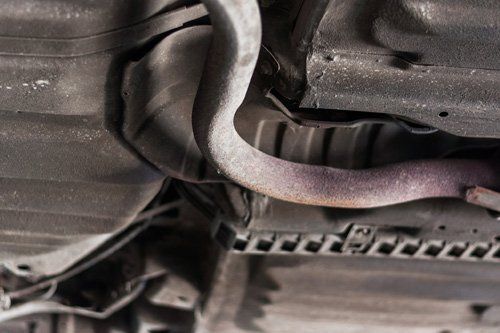When having a vehicle repaired, drivers must decide whether to make the repair with new or used auto parts. Cost considerations favor quality used parts, but price isn't the only reason to opt for used parts. Environmental considerations also favor used parts. Here's how making auto repairs with used car parts helps the environment.
REDUCE HOW MANY PARTS GO TO LANDFILLS
Making auto repairs with used parts reduces how many used parts end up in landfills and dumps.
While a single part might not seem like much, the cumulative effect of making multiple repairs with used parts is significant. Up to a quarter of all cars end up in landfills, and those that go to a landfill don't decompose quickly. Every part that's kept out of a landfill helps reduce how much waste ends up in these dumps.
CONSERVE THE RAW MATERIALS NEEDED FOR NEW PARTS
Making auto repairs with used parts helps to minimize how many raw materials are used to make new parts. Because the need for new auto parts is lessened, so is the need for raw materials to make new parts.
Some of the materials that can be conserved are scarce or non-renewable. For example, platinum, palladium and rhodium - precious metals that are all rare - are used in catalytic converters. Additionally, oil and coal, which are not renewable, are needed to make plastics that are used throughout cars.
In the long term, this can have a major benefit for the environment. Not only will uncommon metals that must be mined be conserved, but so will resources that have a supply.
LESSEN THE ENERGY NEEDED TO MAKE NEW PARTS
Opting for used parts also reduces how much energy the automotive industry uses. Just as reducing the need for new parts reduces the need for raw materials, it likewise reduces the amount of energy used in the manufacturing of new parts.
MINIMIZE THE ENERGY USED TO TRANSPORT NEW PARTS
Sourcing used auto parts often uses less energy than sourcing new parts does.
Most new parts are made overseas, and they must be shipped from the manufacturing facility to a domestic distributor and then to an auto shop. In contrast, there are usually used auto parts readily available within a few miles. Even shipping a used part from a few states over takes less energy than sending one across the ocean.
Together, these third and fourth benefits help the environment in a big way. According to a Toyota study, 28 percent of a vehicle's carbon dioxide emissions are generated when the vehicle is manufactured and transported a dealership. A separate study by Seikei put this figure closer to 12 percent of a vehicle's emissions, but that's still a significant percentage.
Regardless of what figure is more accurate, it's clear that a lot of energy is required to make cars and ship them overseas. The same is true for new car parts, and it's easy to reduce how much energy is consumed by opting for used parts.
CREATE A RIPPLE EFFECT AMONG DRIVERS
Best of all, drivers who opt to have repairs made with used car parts rather than new ones have an opportunity to create a ripple effect.
Recycling is used in parts of the auto manufacturing industry, but few drivers are aware of the benefits that recycled used car parts offer. As drivers opt for used parts, the trend will become increasingly common - and more and more drivers will become familiar with used parts offer. Thus, drivers' choices now can pay dividends for the environment by increasing awareness.
If you have a car that needs to be repaired, contact us at Advantage Salvage & Auto Parts LLC about getting used car parts for your vehicle.
A rebuilt engine isn't the most common car repair, but there are a few times when a rebuild is the best repair for the situation. Learn more about them.
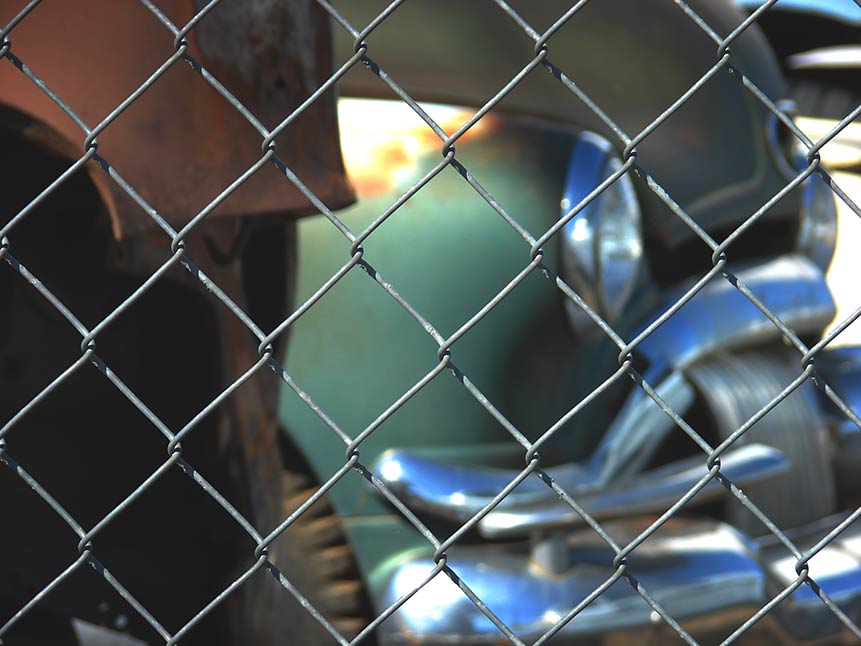
Salvage auto part yards are a source of great bargains for those who want to replace parts on their vehicles. However, those who have never purchased from a salvage yard before should learn a few things about how to do business with a salvage yard. The following are six mistakes you need to avoid if you go to a salvage yard to look for used auto parts.


